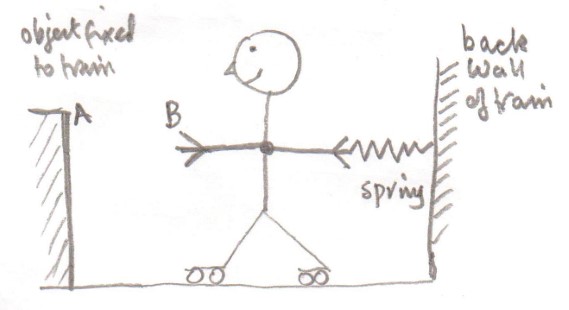I'm trying to explain the effect in the title a non-physics person (of chemistry background) and I found it very hard to explain in simple, intuitive ways. I'm not a physicist either, so following the famous quote If you can't explain it simply, you don't understand it well enough, I decided to ask :)
Background
I was playing with a 3-axis MEMS accelerometer on a device and I had developed a PC program to visualise different sensor values in real time. The accelerometer proved very fun to play with - as you are rotating the device around, the gravity-induced force transfers between the three axes, but also responding to motions, etc.
Then I tried throwing the device in the air and noticed that while the device was in flight, all 3 axes showed zero - as if the connection was off and I was reading nothing. In fact, the connection was fine and the values I read were very close, but not exactly zero. Then I thought - "but of course, in free fall you don't feel any acceleration, so the accelerometer shows zero". This is the part I find hard to explain to the other person - why the device has force acting on it (gravity), but the sensor inside "sees" no force applied.
An example of an intuitive type of answer I was trying to construct are round soap bubbles - they become squished while resting on a surface (same as an accelerometer laying on a table shows 1g in the relevant axis), but when allowed to fall freely, they become round, no squishing (0g on the accelerometer). But the soap bubbles experience a ton of air resistance, as well as wobbling, so it isn't a very good example.
Considerations
I'm trying to get an explanation that doesn't involve reference frames, as we both don't have an intuition about them. Please excuse me if I'm not using the right terms, as I said I'm not well-versed in physics.





